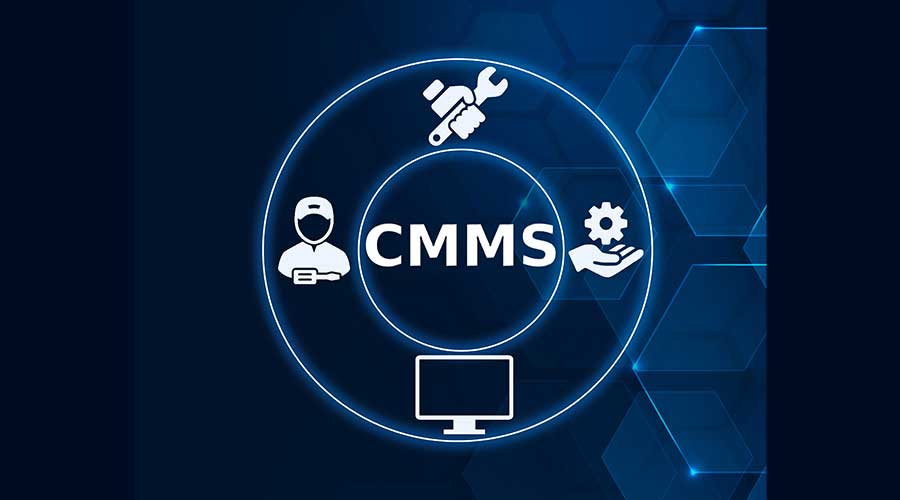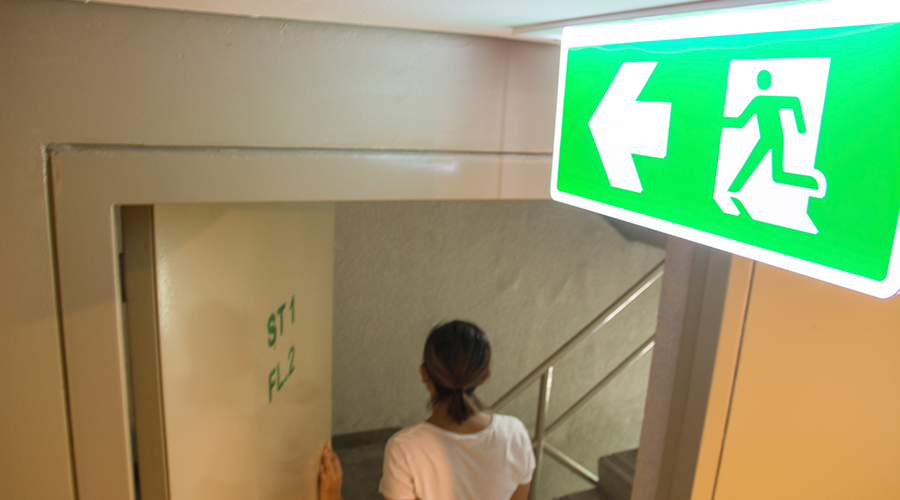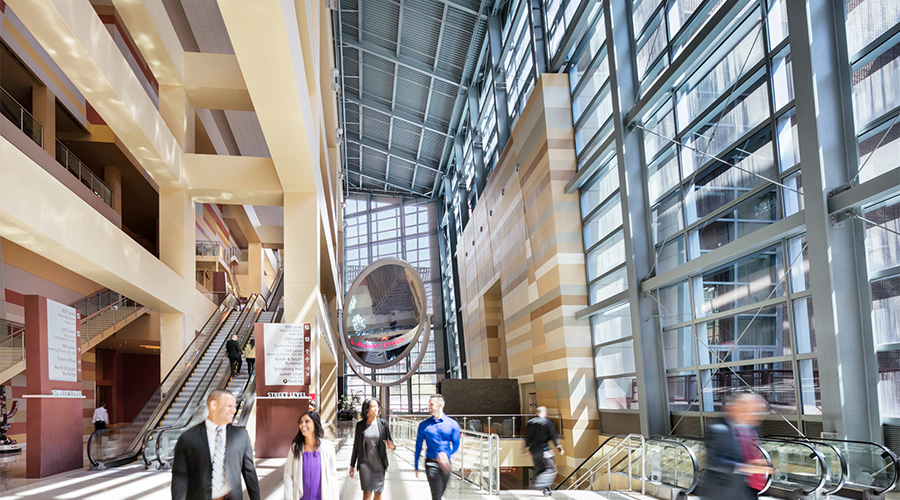K-12 Upgrades That Target Lighting and Plumbing
Smart planning can result in projects that benefit students, staff and school districts
While HVAC systems are traditional targets of upgrades in K-12 school districts, lighting and plumbing systems also offer a host of opportunities for improving energy efficiency and controlling utility and maintenance costs.
Lighting. With LED fixtures offering substantial cost savings, lighting systems have become popular targets of upgrade projects. Advances in lighting controls also offer improved dimming and daylight-harvesting technologies, which are often not present in older systems and facilities.
During the initial planning stages of a lighting upgrade, managers might need to evaluate if the project will be standalone or if it will include other systems. This decision can be challenging, since lighting retrofits can be a relatively straightforward fixture or lamp replacement that installers can complete in a relatively short time.
But due to the potential energy savings, the anticipated savings from lighting projects are often used to fund other system improvements. Creating a larger project might be cost-effective, but managers need to carefully consider its impact on facility activities and the duration of the project.
Another potential challenge when planning a lighting upgrade project is to navigate the available rebates and grants. To encourage the transition to LED fixtures, governments and local utilities have developed programs to offer incentives. It can be a challenge to identify and pursue all potential programs because of their sheer number, limited funding and technical requirements. It is important for managers to engage the design consultants and local program administrators to maximize the potential cost savings from these programs.
Plumbing. Upgrades to plumbing systems can be limited due to the relative simplicity of these systems. Upgrades often focus on domestic hot water systems, which do present opportunities for energy savings.
When upgrading domestic hot water systems, it is often necessary to provide higher-temperature water to the facility’s kitchen. This requirement can present a challenge when planning an upgrade if the plan is to use the facility’s existing distribution piping. Managers will need to determine the condition of existing systems, including whether temperature-mixing valves are installed for standard-temperature hot water and if they are functional. Failure to properly assess the existing conditions can result in safety concerns and additional costs.
Related Topics:














